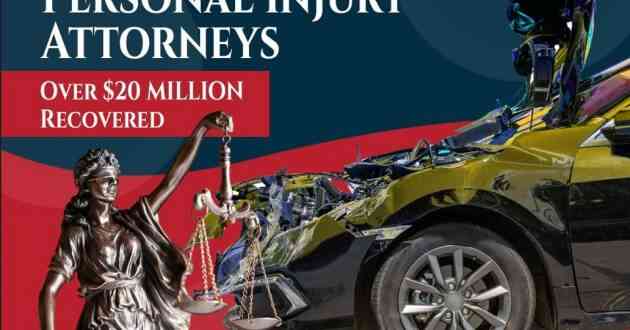Google Car Hits Bus in a Fender Bender and Other News
From the world’s first self-driving car accident to robots giving wrong directions during fatal emergency, news today!

From the world’s first self-driving car accident to robots giving wrong directions during a fatal emergency, today’s tech news is all about the future. Look out!
Google Car Hits Bus in a Fender Bender
Claiming that a self-driving car has never caused an accident, it appears Google has finally encountered a first-of-a-kind situation. Apparently, on Valentine’s Day, a Google car hit a bus at very low speed in Mountain View, California. And, the company admits that the car was also at fault.
Google’s car was at a red light trying to make a right turn. After giving a signal for a right-hand turn, the car entered that lane, however, there were still other cars in the lane waiting to make the turn. Plus, sandbags on the side of the road blocked the way for the Google car to pass. After the red light turned green, cars in the middle lane began to pass. After trying to get around the sandbags, the Google car hit a bus trying to pass on the middle lane at a speed of merely 2mph, with the bus at 15mph.
Although a test driver always remains in a self-driving vehicle to monitor the car’s every move, the driver claims he thought that the bus would yield since the car had already begun to make the turn. Google claims to modify the car’s software to incorporate the lessons learnt from this accident.
“This type of misunderstanding happens between human drivers on the road every day…We've now reviewed this incident (and thousands of variations on it) in our simulator in detail and made refinements to our software. From now on, our cars will more deeply understand that buses (and other large vehicles) are less likely to yield to us than other types of vehicles, and we hope to handle situations like this more gracefully in the future,” Google said.
People Believe Robots in Dangerous Situations
A recent study by Georgia Tech researchers claimed that human nature will always force us to believe robots in dangerous situations. By simulating a fire through smoke and fire alarms, the researchers told participants to follow a ‘rescue robot’ (controlled by the researchers). The results were surprising, to say the least!
“People seem to believe that these robotic systems know more about the world than they really do, and that they would never make mistakes or have any kind of fault. In our studies, test subjects followed the robot’s directions even to the point where it might have put them in danger had this been a real emergency,” says Alan Wagner, co-author of the research.
The research was presented at the 2016 ACM/IEEE International Conference.
Microsoft Releases HoloLens Developer Edition for $3000
Microsoft announced the release of the much-awaited HoloLens Developer Edition for $3000. The kit will include the HoloLens headset and developer SDK, carrying case, nose pads, overhead strap, charger and cable, and a Bluetooth clicker.
The development kit also includes HoloStudio, a SDK environment for creating the VR environment through the headset, a version of Skype to allow communication, Microsoft’s HoloTour (a holographic travel app) and three VR games.


